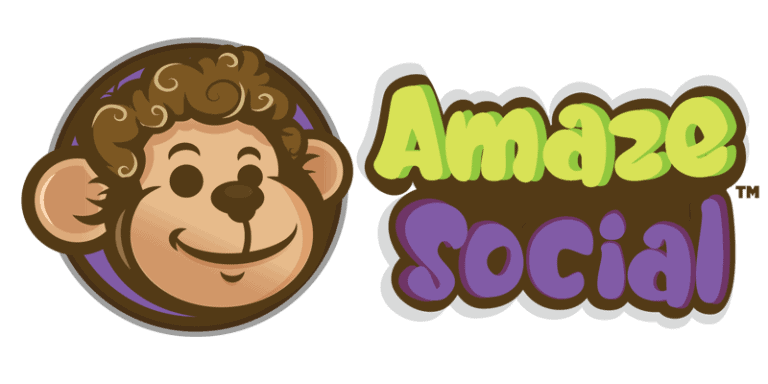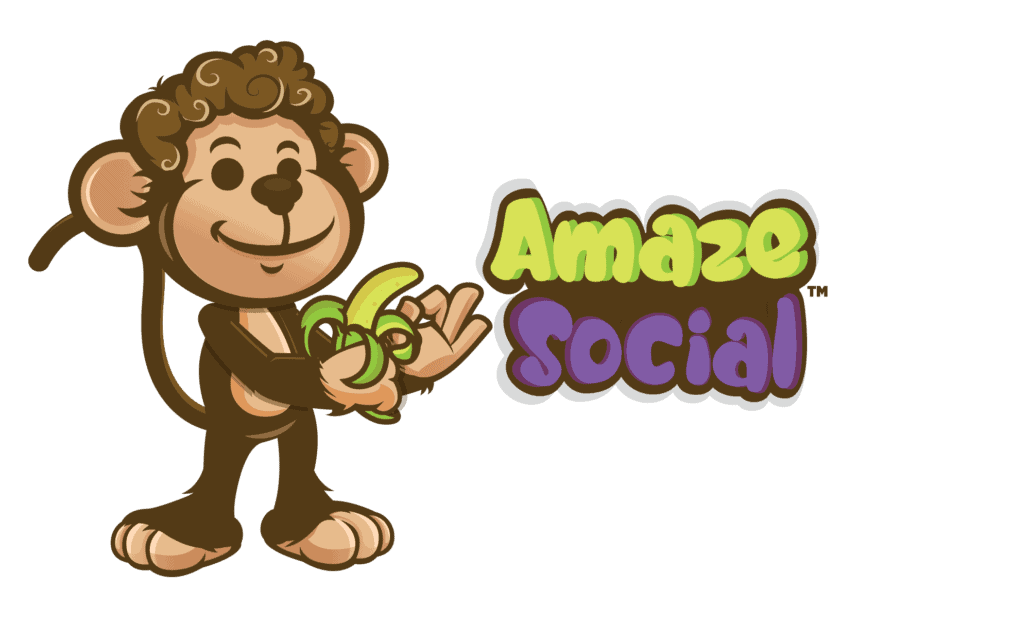Going “viral” on social media refers to a phenomenon where content (such as a video, image, meme, post, or article) spreads rapidly and widely across the internet, amassing a significant amount of views, shares, and interactions in a relatively short period of time. The term draws an analogy from the way a virus spreads, indicating the organic and exponential growth of content’s reach.
Details:
- Mechanics of Virality: Several factors can contribute to content going viral:
- Relatability: Content that resonates with a broad audience.
- Emotion: Content that evokes strong emotional reactions, whether it’s humor, sadness, shock, or joy.
- Shareability: Easily shareable content that people want to show to their friends, family, or followers.
- Simplicity: Clear and concise content that’s easily understood.
- Timeliness: Content that aligns with current events or cultural moments.
- Uniqueness: Original or innovative content that hasn’t been seen before.
- Platforms: While content can go viral on almost any online platform, some common ones include Facebook, Twitter, Instagram, TikTok, YouTube, and Reddit.
- Measurement: The metrics used to measure virality can vary but commonly include:
- Views/Impressions: The number of times the content has been seen.
- Shares/Retweets/Reposts: The number of times the content has been shared by users.
- Engagements: Includes likes, comments, and other interactions.
- Monetization & Opportunities: Viral content can present various opportunities:
- Monetization: Ad revenue, sponsored deals, or selling merchandise.
- Awareness: Raising visibility for a cause, individual, brand, or business.
- Growth: Rapid increase in followers or subscribers.
- Challenges of Virality: Despite the allure of virality, there are challenges:
- Short-lived Fame: Viral content often has a short lifespan, with attention waning quickly.
- Unpredictability: It’s challenging to guarantee what will go viral.
- Negative Virality: Content can go viral for the wrong reasons, leading to negative publicity.
- Ethical Considerations: With the power of virality comes responsibility. Spreading misinformation, promoting harmful behaviors, or using deceptive tactics can have negative repercussions.
Importance: In the age of social media, the concept of “going viral” has become a significant focus for many content creators, brands, and marketers. Virality can offer unparalleled exposure and opportunities but also presents challenges and unpredictabilities. Understanding the mechanics and nuances of viral content is crucial for anyone aiming to make a significant impact in the digital space.

